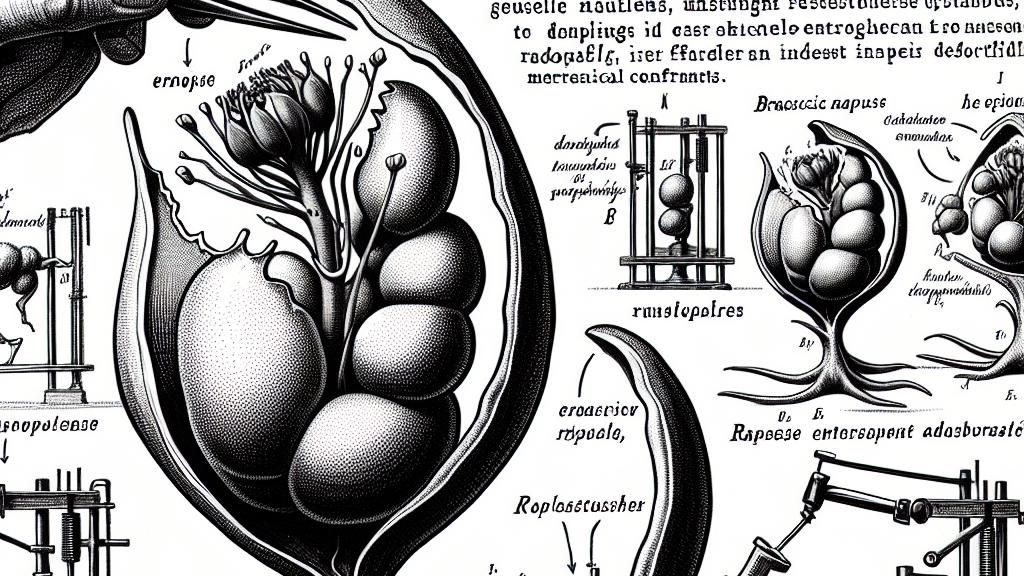Influence of Mechanical Constraints on Rapeseed Embryo Development
Overview
- Mechanical constraints significantly shape the growth and development of rapeseed embryos, showcasing nature's adaptability.
- Adaptive mechanisms during embryogenesis play a pivotal role in maturation and oil accumulation, essential for agriculture.
- The research unveils the intricate relationship between environmental factors and embryonic development, paving the way for crop improvement.

Understanding Mechanical Constraints in Embryogenesis
Conducted in Germany by the Leibniz Institute of Plant Genetics and Crop Plant Research (IPK), this research delves into the fascinating responses of rapeseed embryos (Brassica napus) to mechanical constraints. These embryos display remarkable adaptability; they don’t merely follow a genetic script. When faced with the confines of the seed coat, they ingeniously modify their shape. For instance, if the seed coat restricts growth at crucial junctures, the embryo responds by folding and restructuring itself. Such adaptability highlights not only the complexity of plant development but also the extraordinary ways life finds to thrive under pressure.
Research Methods and Key Findings
The research team employed advanced methods, including magnetic resonance imaging (MRI) and sophisticated computer graphics simulations, which allowed for an in-depth exploration of embryonic development. The results were fascinating: when embryos encounter mechanical restraints, they adjust their cell proliferation rates and metabolic processes significantly. For example, if conditions are adverse during early growth, the resulting embryos may be smaller, signaling a clear impact of environmental factors on seed viability. This discovery emphasizes the intricate balance between external conditions and internal growth mechanisms, showcasing how these elements interact to shape the future of crops.
Real-World Implications for Agriculture and Plant Breeding
The ramifications of these findings are profound, offering valuable insights for agricultural scientists and plant breeders alike. Understanding mechanical influences on embryo development equips researchers with the knowledge to enhance crop resilience and boost yields. Imagine a future where crops can be bred to flourish in less-than-ideal conditions, a direct result of insights gained from this study. Furthermore, by recognizing the symbiotic relationship between genetics and mechanical constraints, we can innovate agricultural practices that not only ensure better seed quality but also contribute to sustainable food systems worldwide. This voyage into the complexities of plant development is not just scientific; it represents a beacon of hope for future food security.

Loading...